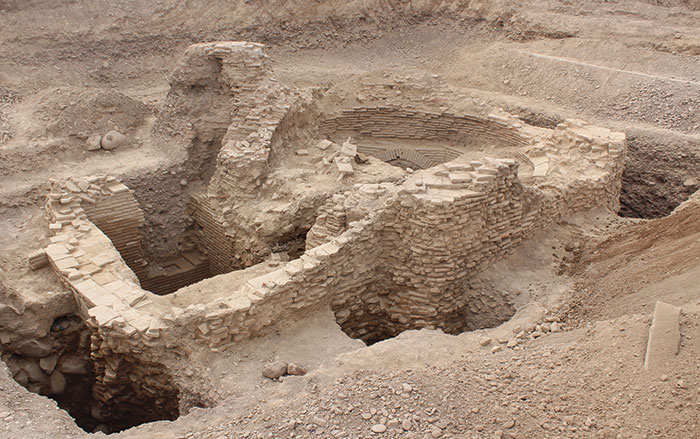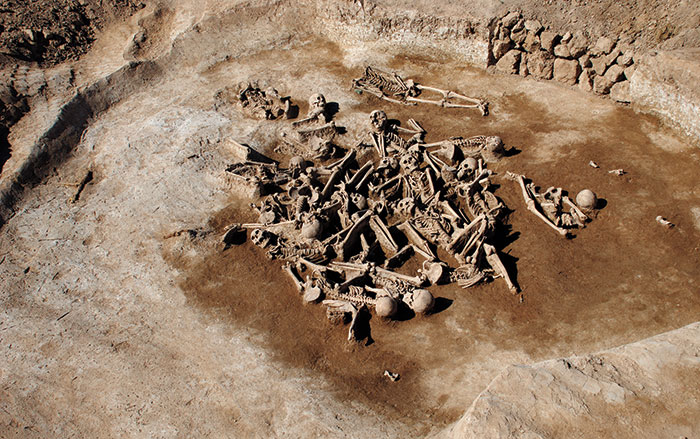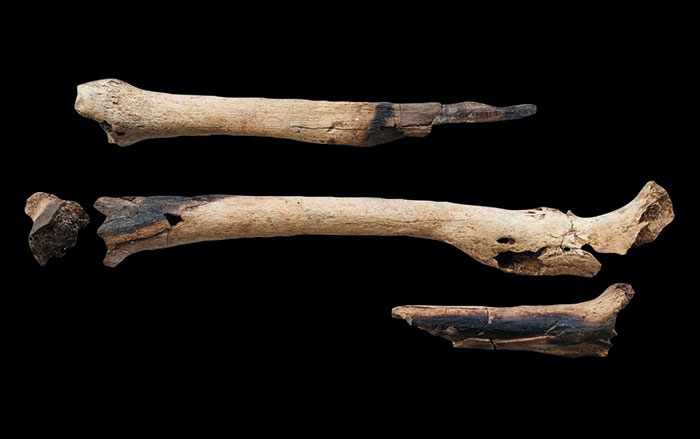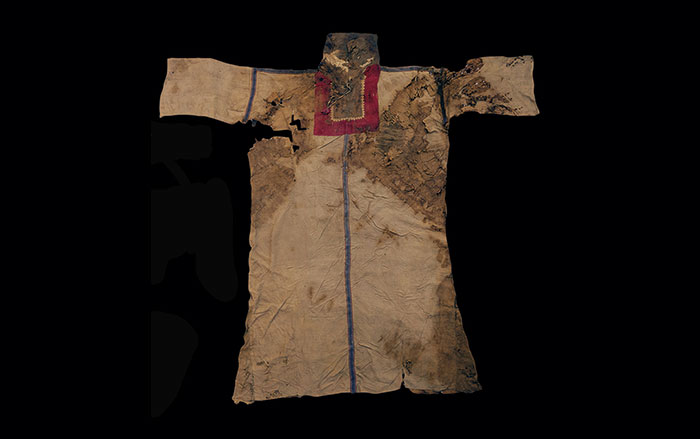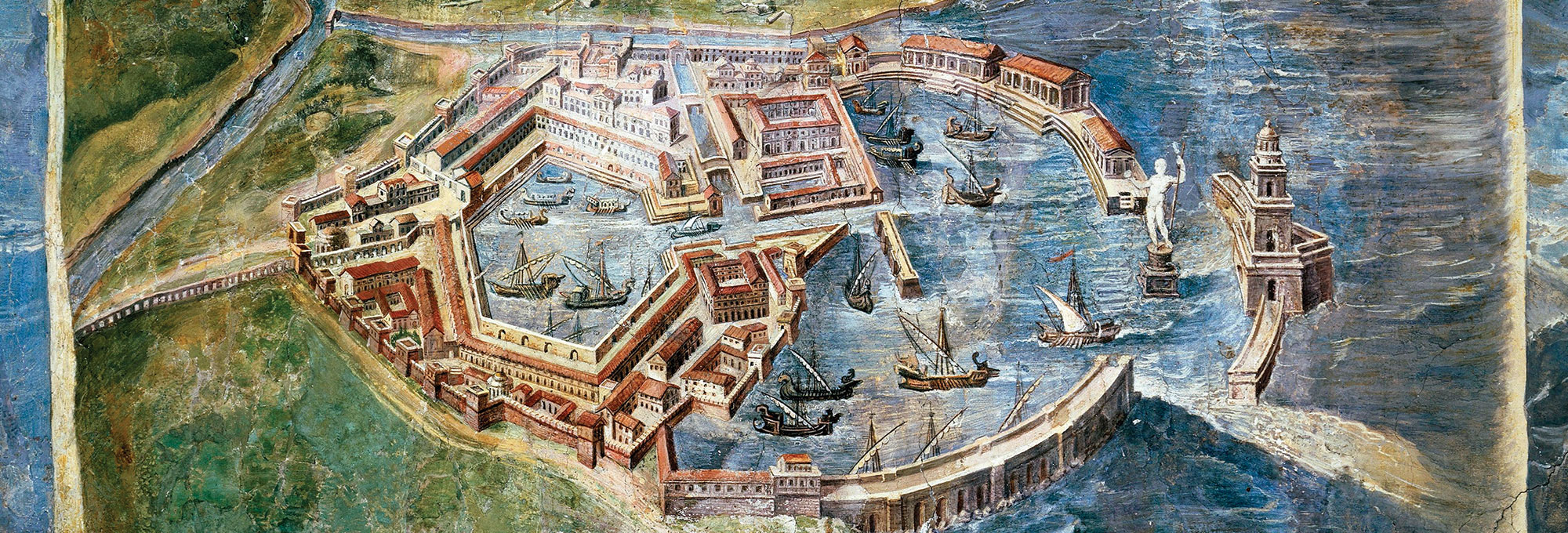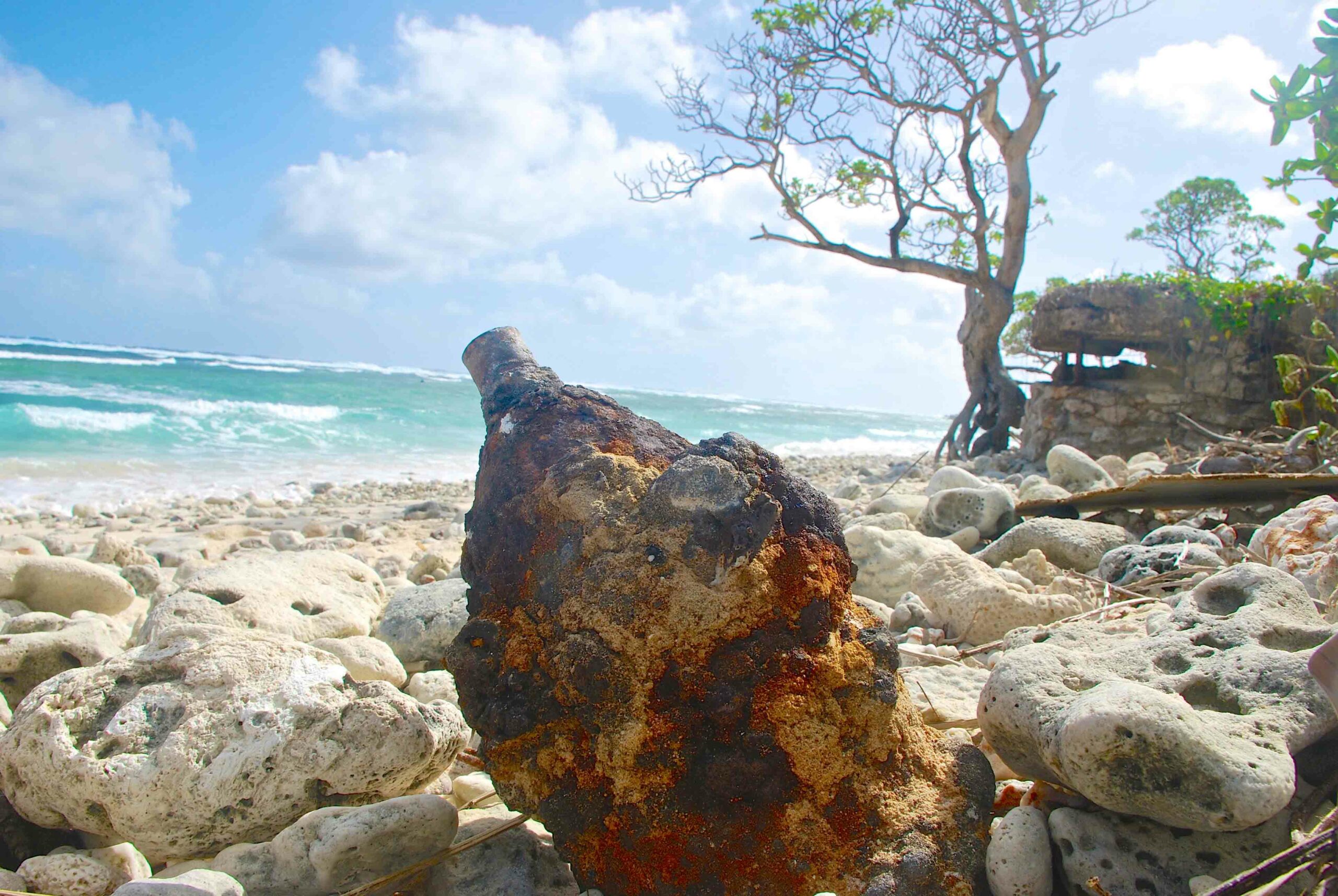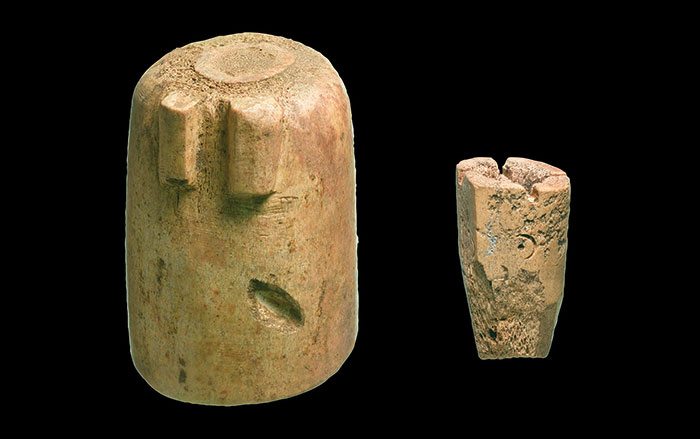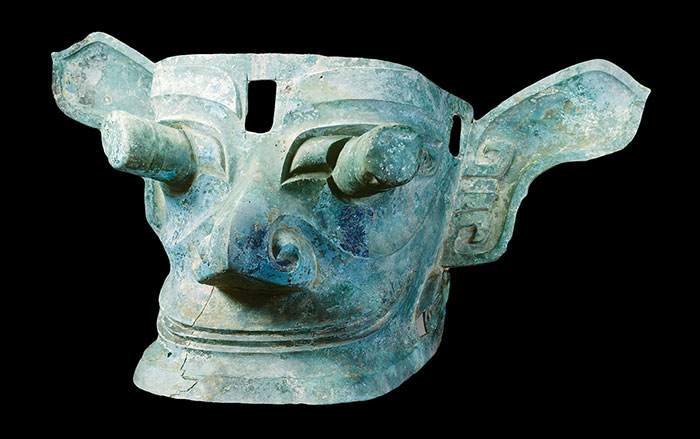
XANADU, MONGOLIA—A recent article published in English in Chinese Cultural Relics describes three “life-like and dramatic” dragon heads discovered at the palace constructed by the grandsons of Genghis Khan in the thirteenth century. The dragon heads, which had been fashioned from fine red clay that had been glazed in yellow, blue, white, and black, would have decorated the ends of beams. Other colorful artifacts from the palace, known as Shangdu in China, include a fish glazed with “bright and life-like scales” of yellow and green, and dripstones shaped like dragons and birds that deflected water from the palace roof. The Chinese team of archaeologists from Inner Mongolia Normal University, the Inner Mongolian Institute of Cultural Relics, and the Archaeology and Inner Mongolian Institute for Cultural Relics Conservation also uncovered a type of ramp called a mandao that was used by horses and vehicles to enter the palace. The ramps “would have been strongly connected to the pastoral way of life of the Mongols,” Live Science reports. To read about spectacular medieval ruins in Siberia, see "Fortress of Solitude."


